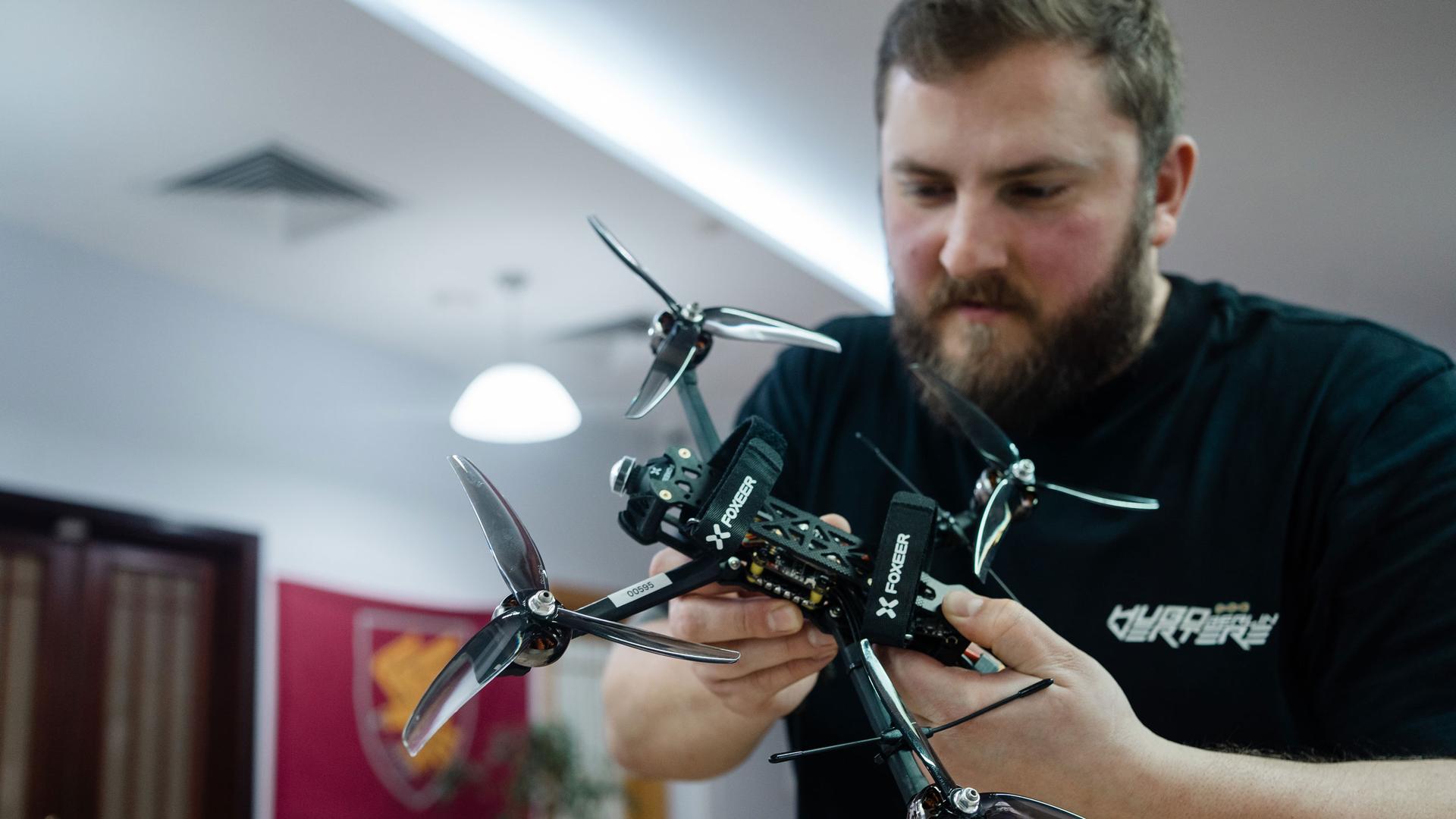On a recent afternoon in Kyiv, Ukraine, about 20 skilled workers were busy producing high-end military drones at a workshop called Airlogix.
Alexey, one of the workers, was making a mold for the back wing of a drone.
“We focus on the quality,” he said. “We can’t allow there to be any problems, because there’s a high level of responsibility here.”
He said everyone here feels patriotic and knows their work is a matter of life and death.
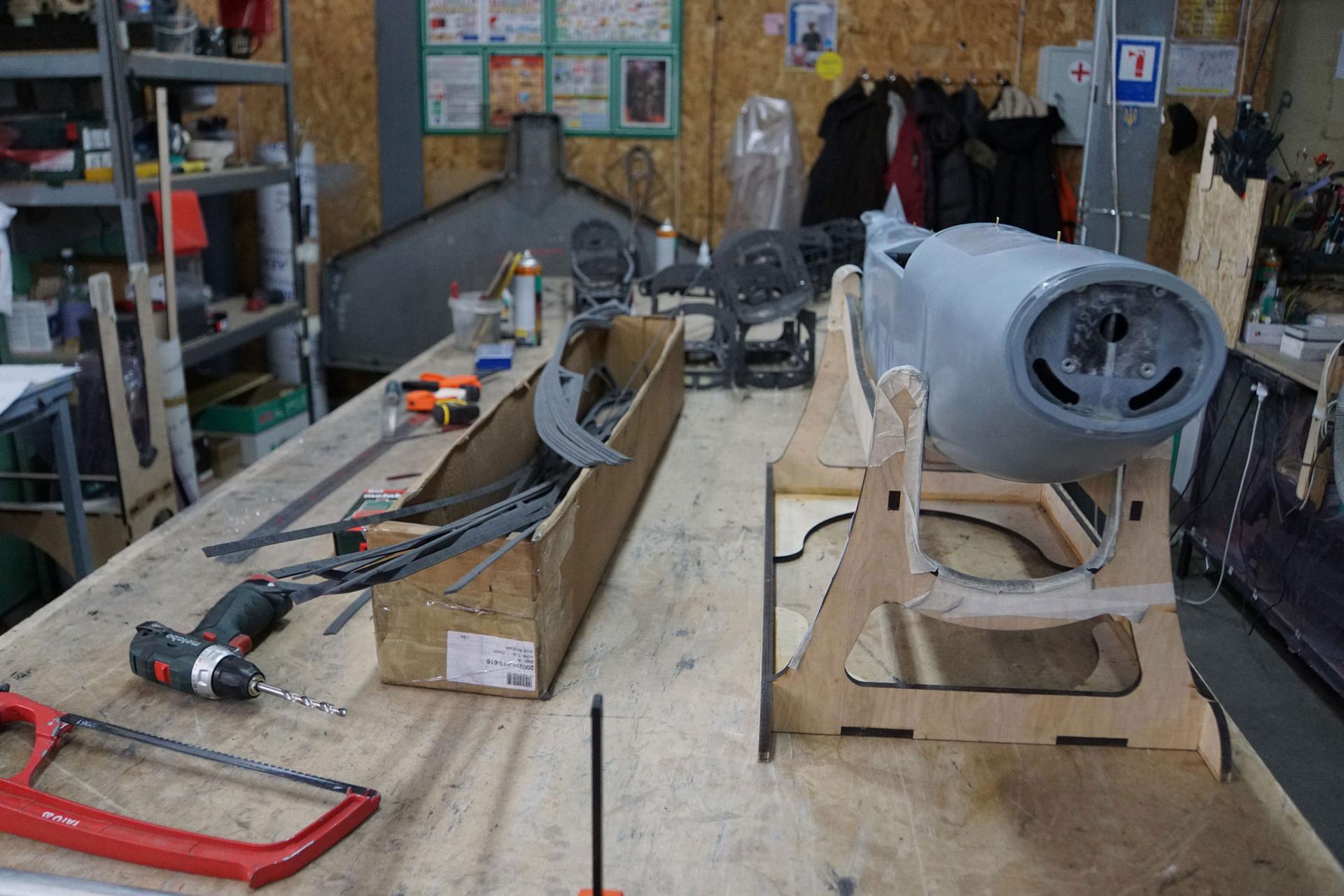
In the two years since Russia first launched its full-scale invasion of Ukraine, drones have played a major role in the war. Ukraine has used sea drones to destroy Russian ships on the Black Sea. And they’ve used aerial drones across the front lines.
Drone manufacturing is also one way Ukrainians are trying to become more self-reliant as the war continues.
“Since this [first] moment, it really became the war of drones.”
“Since this [first] moment, it really became the war of drones,” said Roman Lozynskyi, a 30-year-old member of Ukraine’s parliament who also served as a soldier for more than a year.
Lozynskyi piloted drones, and he said they are critical for two reasons: They’re used for reconnaissance, and they’re used as weapons.
“We destroyed a lot of Russian armored vehicles, even tanks, by small bombs, and by drones,” Lozynskyi said.
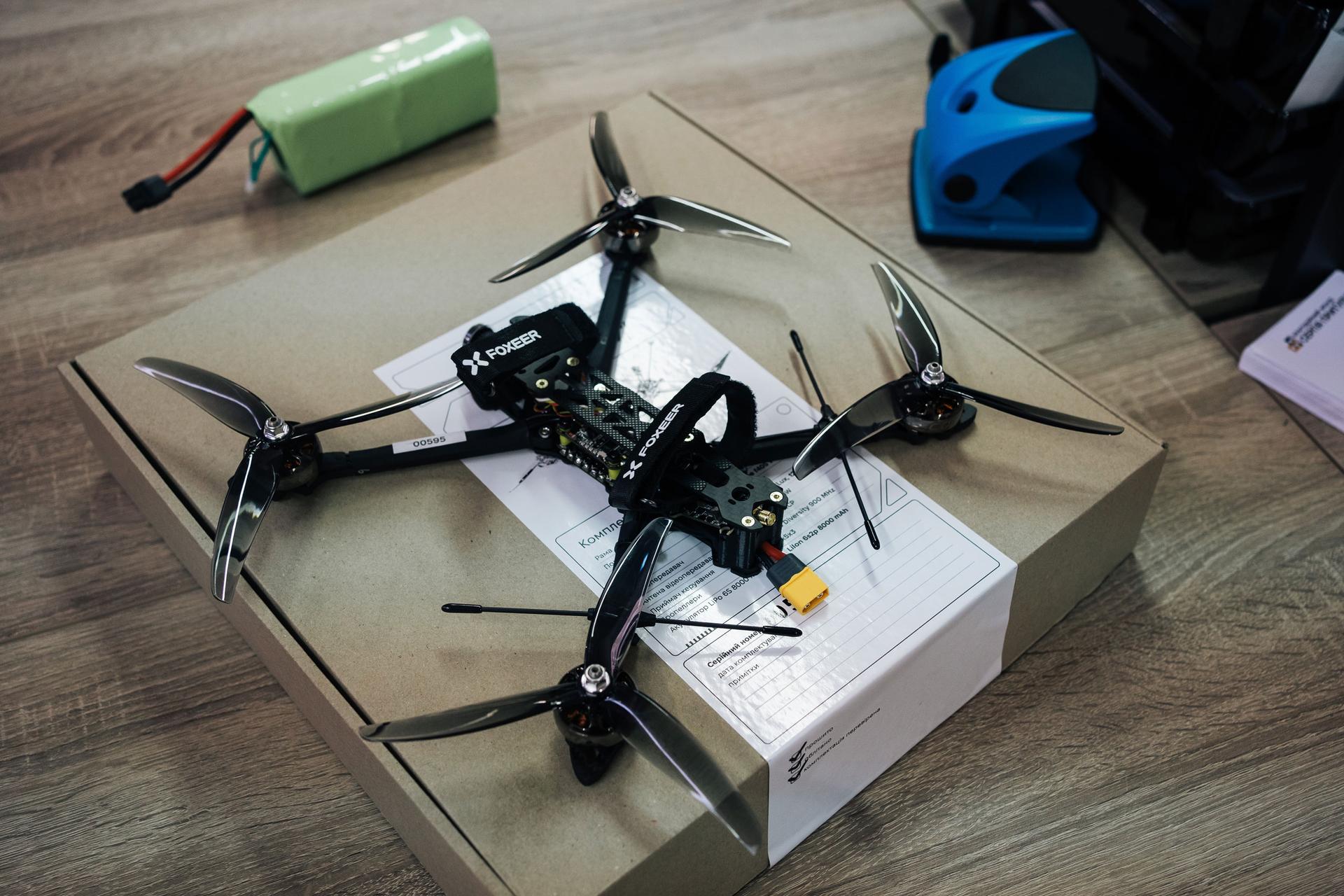
The way it works is that an explosive device is strapped onto a drone about the size of two footballs. Using a remote control, a soldier flies the drone, crashing it into the target.
Other drones can drop explosives like a bomber plane. These kinds of drones are cheap and easy to make. And some Ukrainians have even volunteered to assemble them at home.
“It’s between like $300 and like $600 or $700, this drone which can damage a tank or armored vehicle, and stop it. It’s a change-maker now,” Lozynskyi said.
Ukraine’s President Volodymyr Zelenskiy said that the country plans to produce 1 million drones this year.
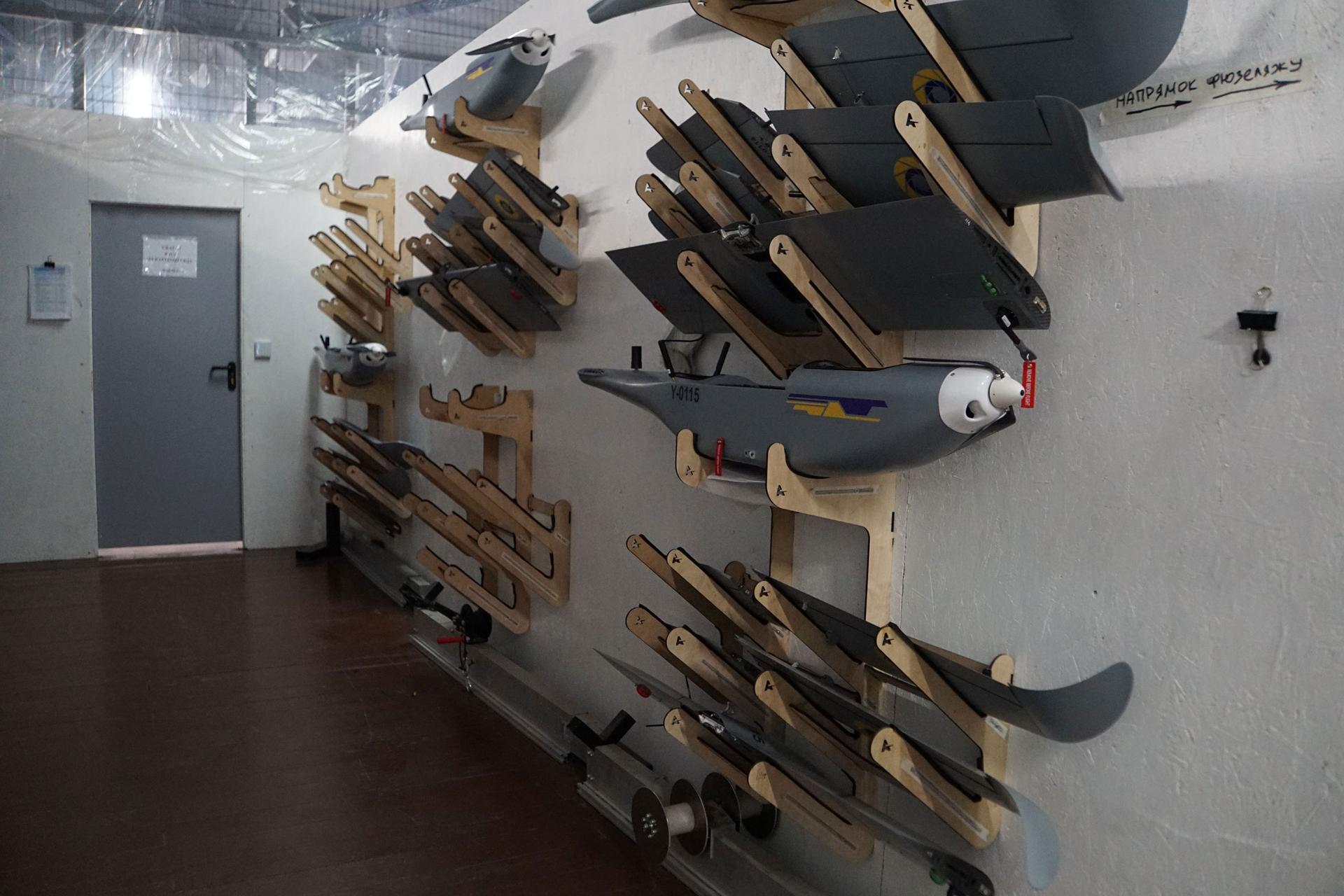
Lozynskyi said that this is, in part, because Russia has a lot more artillery, and that Ukraine is using drones to compensate for that shortage.
“If you don’t have enough ammunition for your artillery systems, you have to use something else to stop all armored vehicles, tanks, and tries of Russian troops to occupy our territories,” he said.
But Lozynskyi said that this war isn’t just about the quantity of drones, it’s also about technology and innovation.
‘This is our new intelligence’
Back at Airlogix in the upstairs office, several experts in computer science, design and aerodynamics were working together on drone designs.
Vitaly Kolesnichenko, chief executive officer and founder of the company, pointed to a computer screen depicting a 3D model of a new drone. It’s about the size of a bicycle and looks like a small plane.
“This is our new intelligence — surveillance and reconnaissance drone.”
“This is our new intelligence — surveillance and reconnaissance drone. We want to make it with more endurance, up to 10 hours, and to have less weight,” he said.
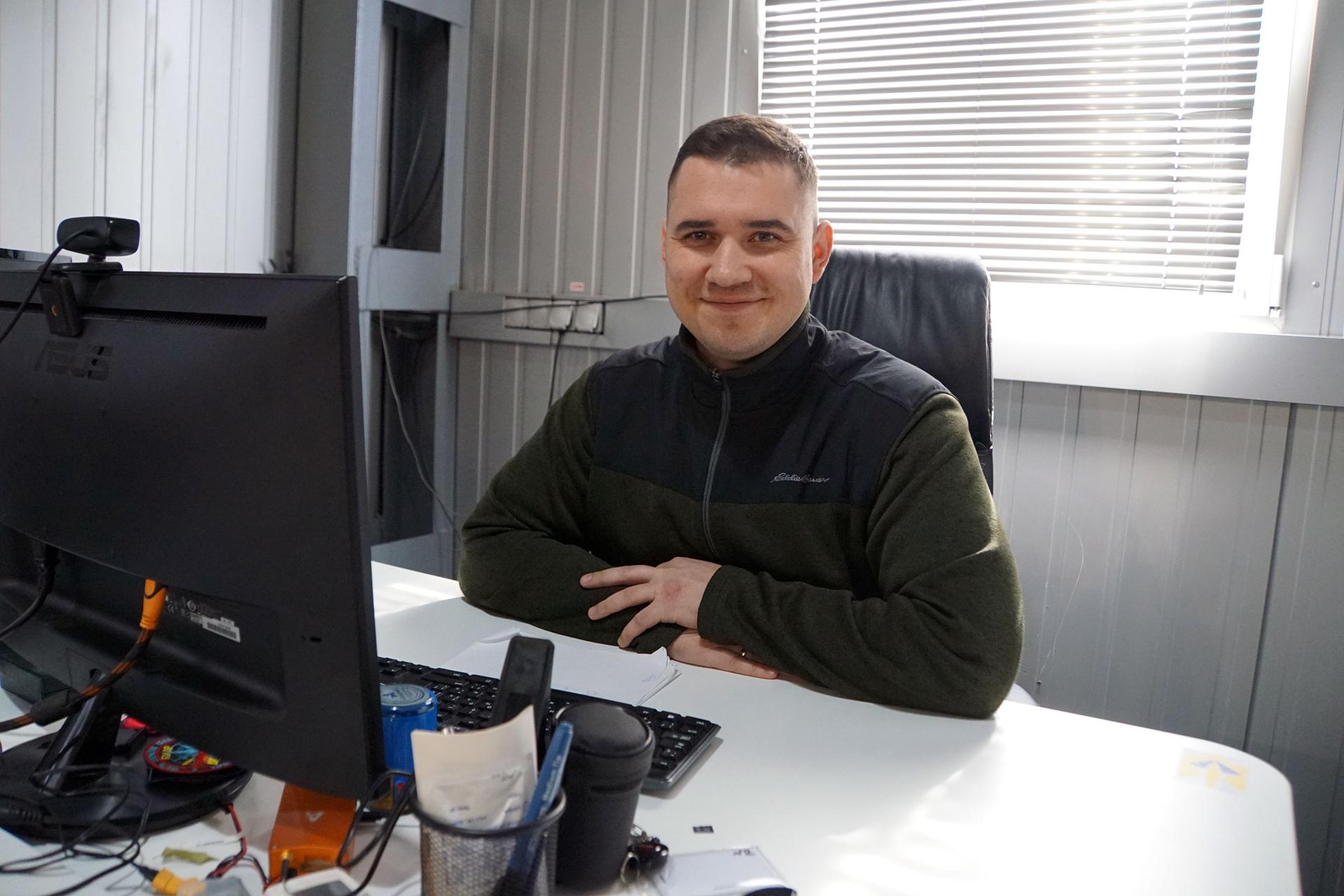
Drones like this can fly in the air for hours, and they have cameras that operate like an eye in the sky.
Anastasiia Dakhovnik, one of the design engineers, began working here soon after Russia’s full-scale invasion. She said it’s been rewarding to see her designs put into action.
“I’m very proud that I work for our victory and see that our job changes and helps our people, and it calms me,” she said.
CEO Kolesnichenko said that they’re in a race against Russia to produce high-quality military drones.
Bohdan Danyliv, the drone project coordinator with the Prytula Foundation, a Kyiv-based nonprofit that helps acquire military equipment, also thinks about the time pressure.
“When we find something new, it’s a matter of time that they will start doing it. The problem is, who will be first, who will be smarter, and how effectively we’ll be using it, that’s the question.”
“When we find something new, it’s a matter of time that they will start doing it. The problem is, who will be first, who will be smarter, and how effectively we’ll be using it, that’s the question,” he said.
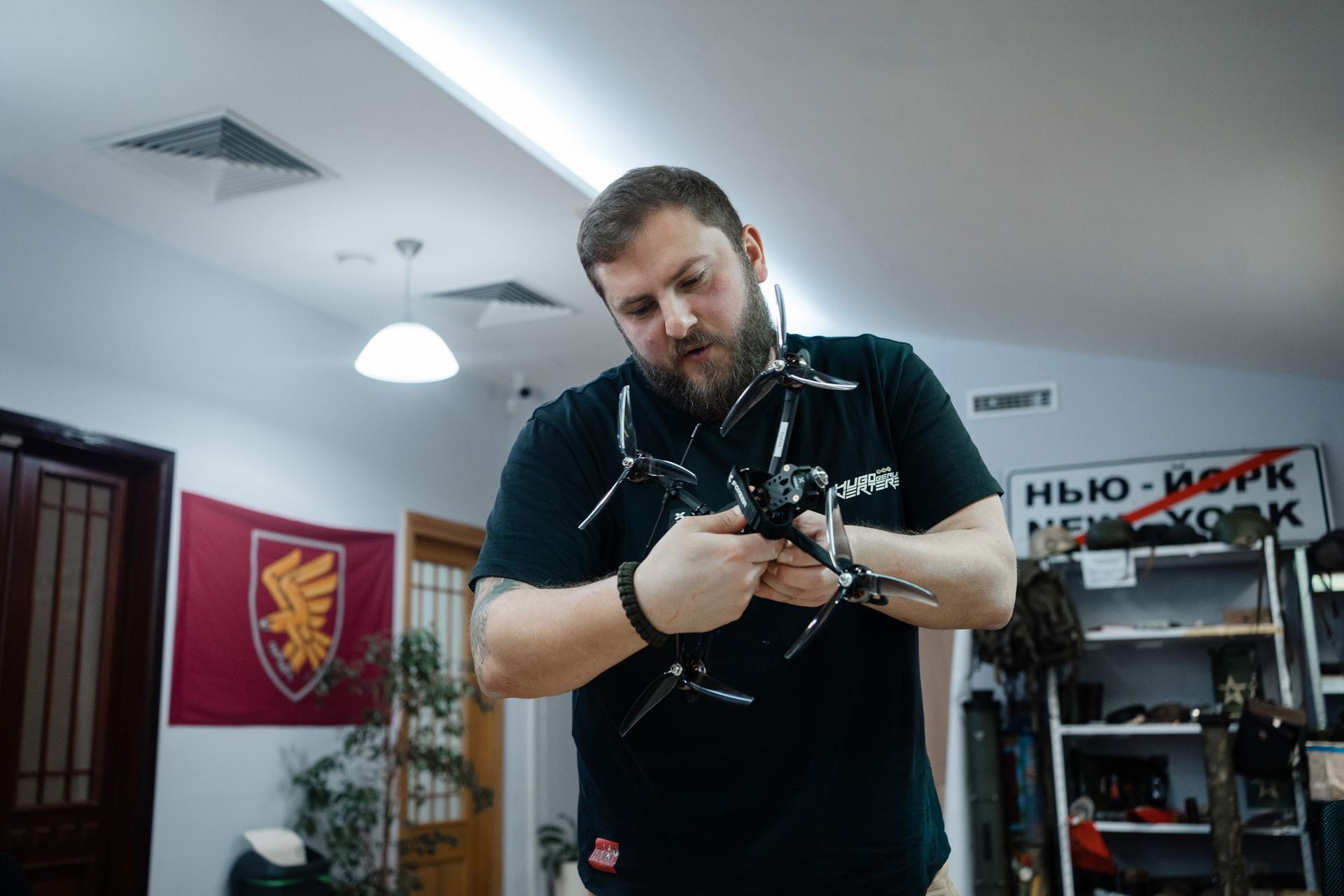
Danyliv said he spends most of his time talking to troops on the front lines to understand their needs. He also trains soldiers on how to use drones.
He said that drones have drastically changed the nature of this war.
“The war right now is like on the television, you see everything, it’s like big brother. You see the enemy a couple of kilometers away, what he’s doing. They can see what we are doing. So now, we have to work on electronic warfare,” he said.
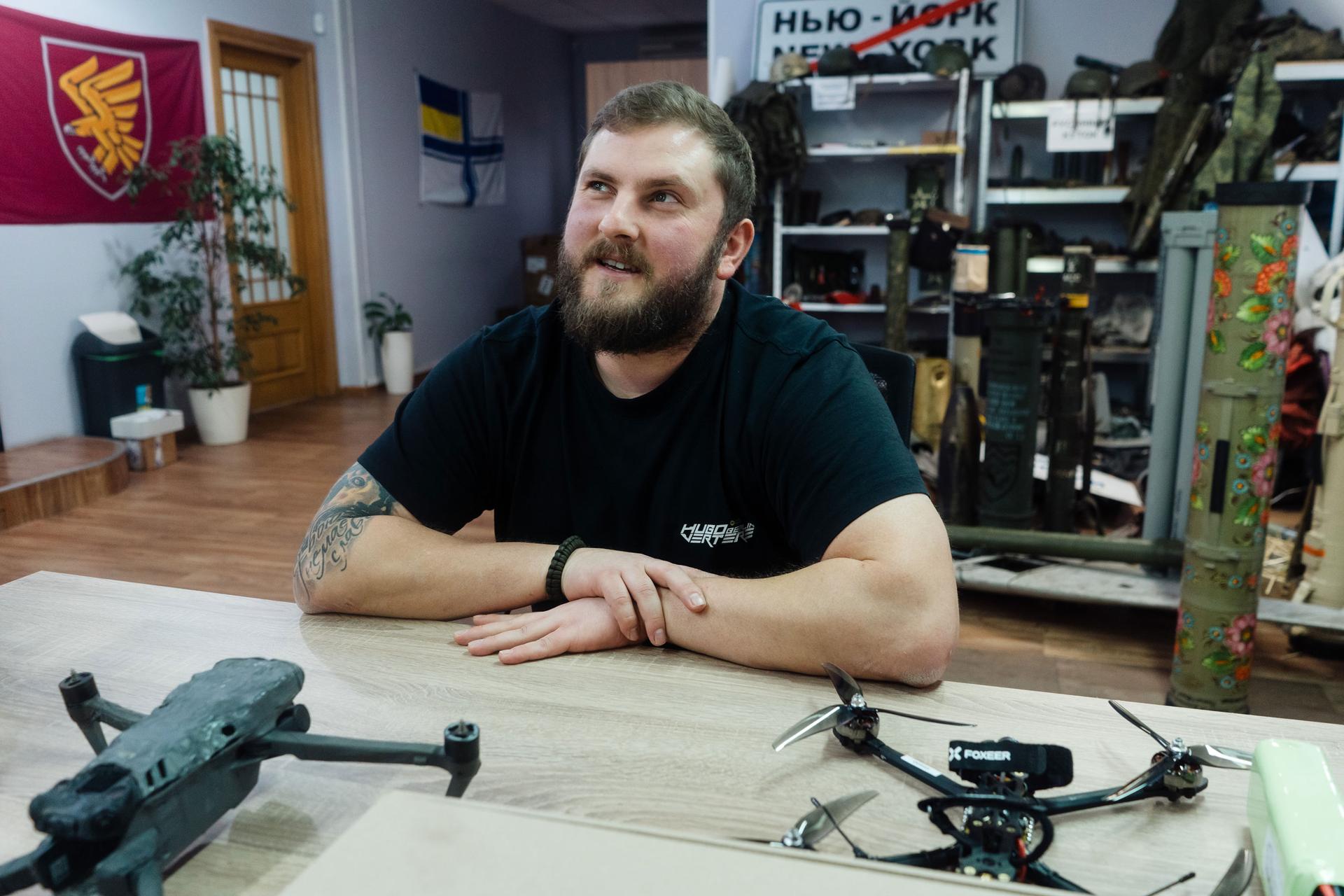
Electronic warfare allows soldiers to jam and disable the other side’s drones. It’s tit-for-tat — one side develops something, and the other side tries to thwart it.
Danyliv said that soldiers on the front lines are motivated to keep innovating and fighting for their country. The war-fatigue narrative is overblown, he added. Ukraine doesn’t need anyone to fight for them, he said, they just need the weapons.
In the meantime, Ukraine will use whatever it can get its hands on. And for now, that means producing a lot of drones.
Editor’s note: Volodymyr Solohub contributed to this report.
